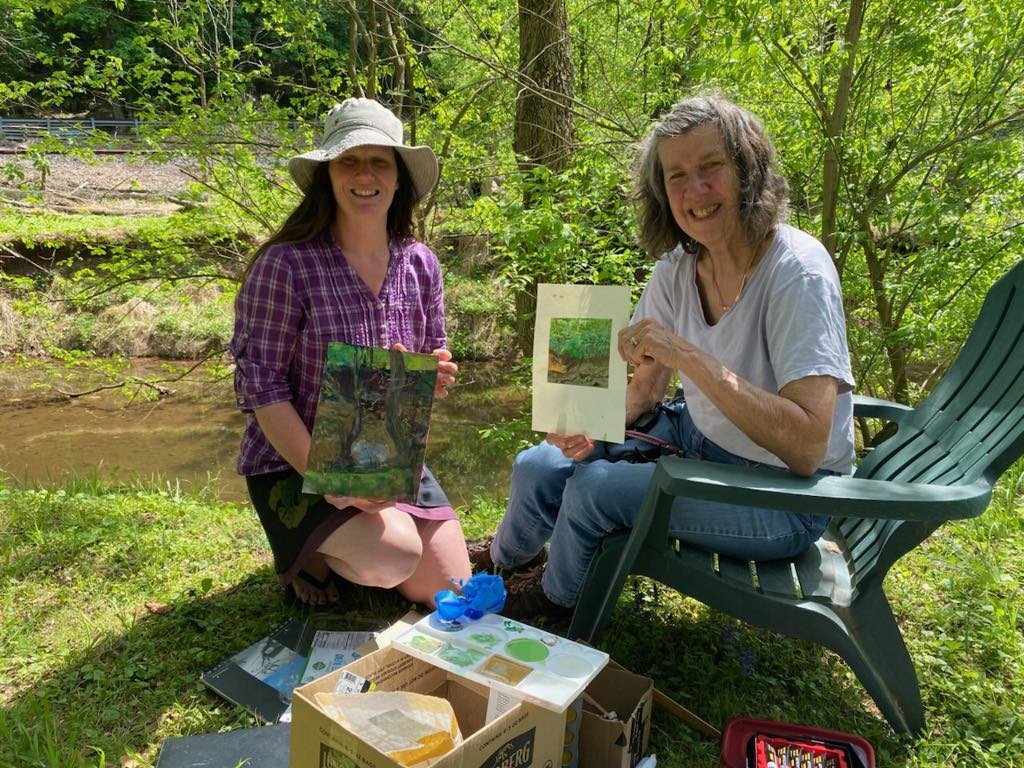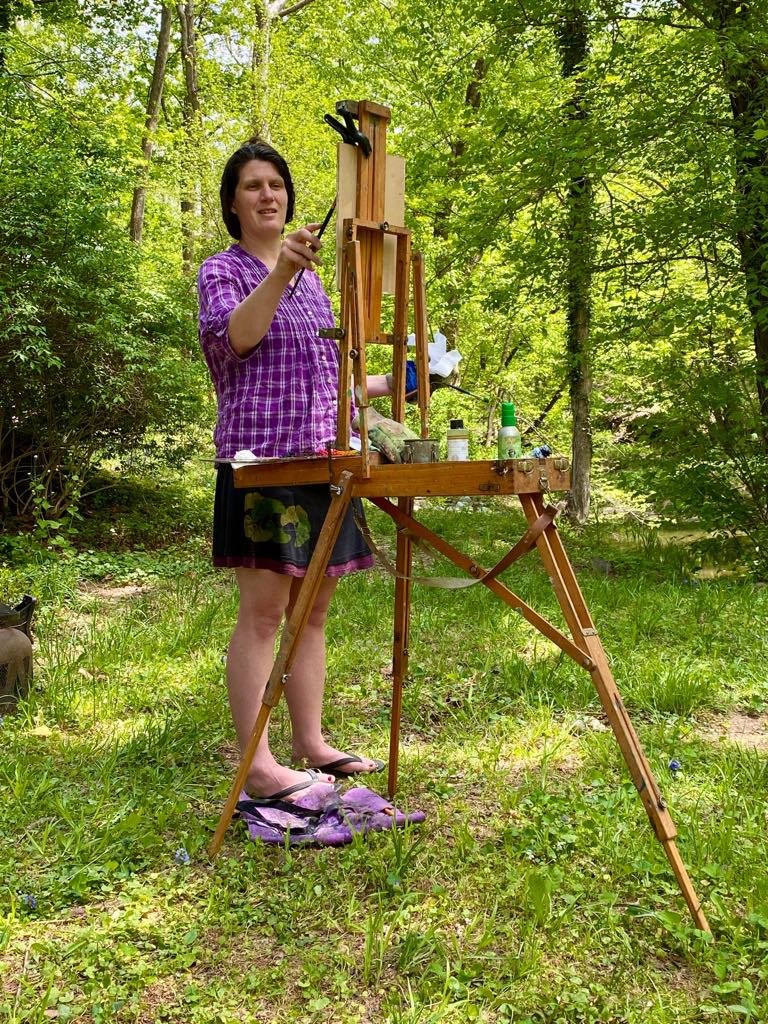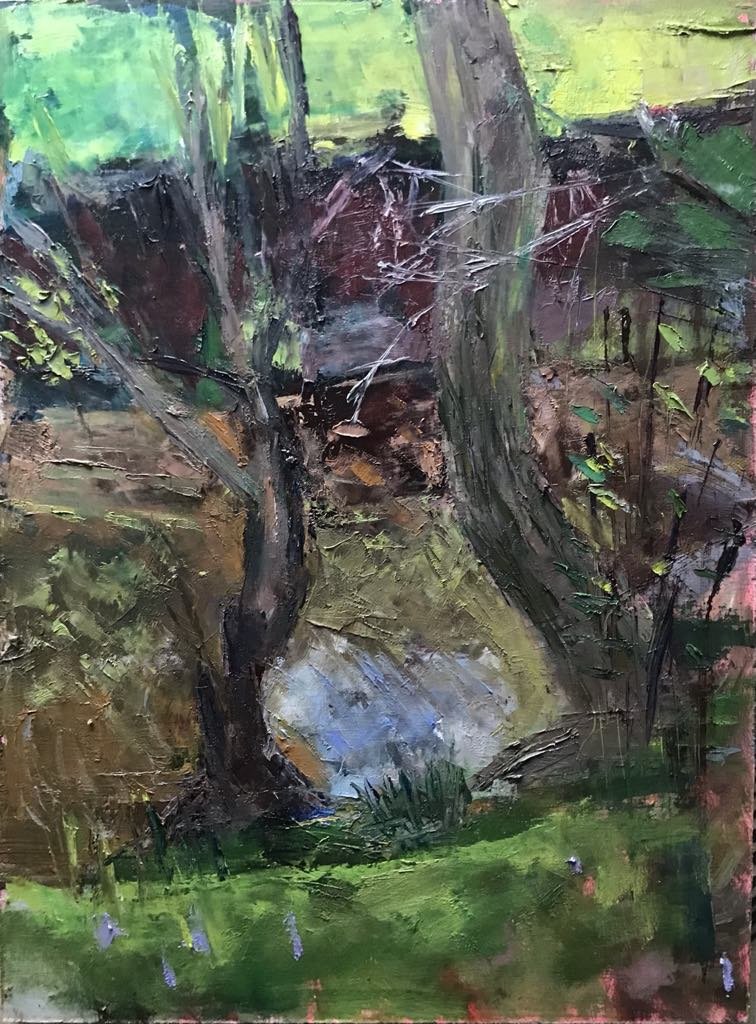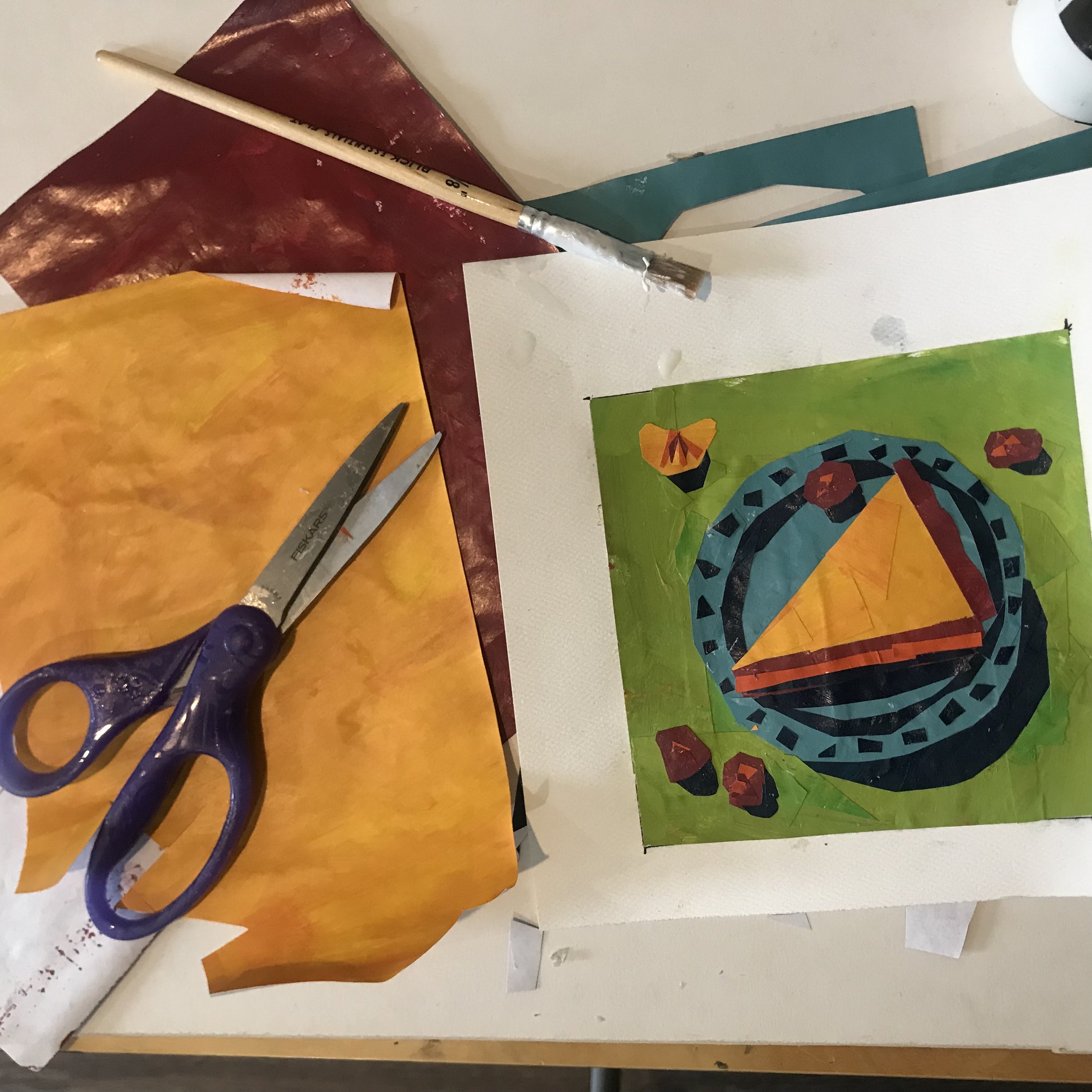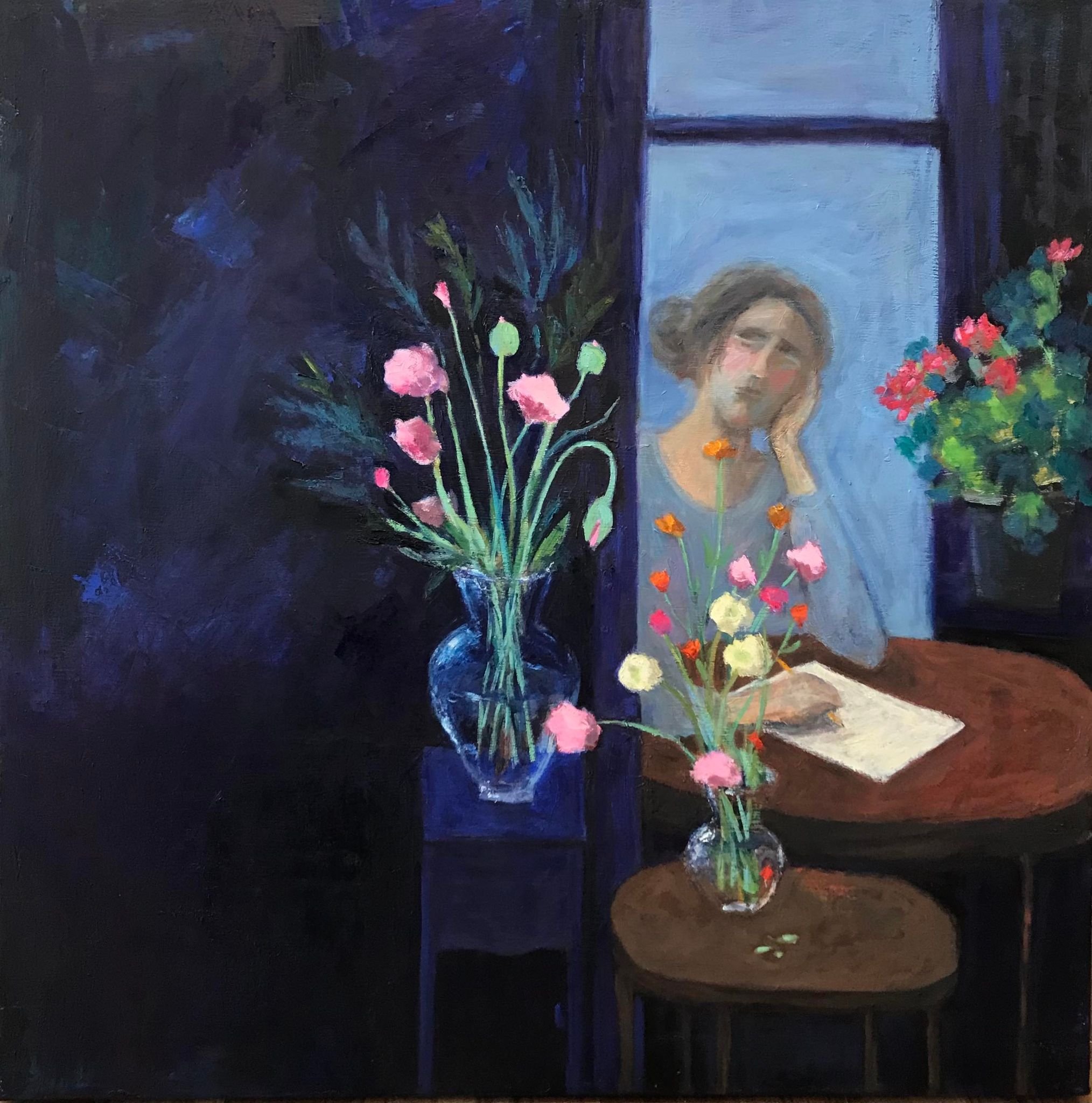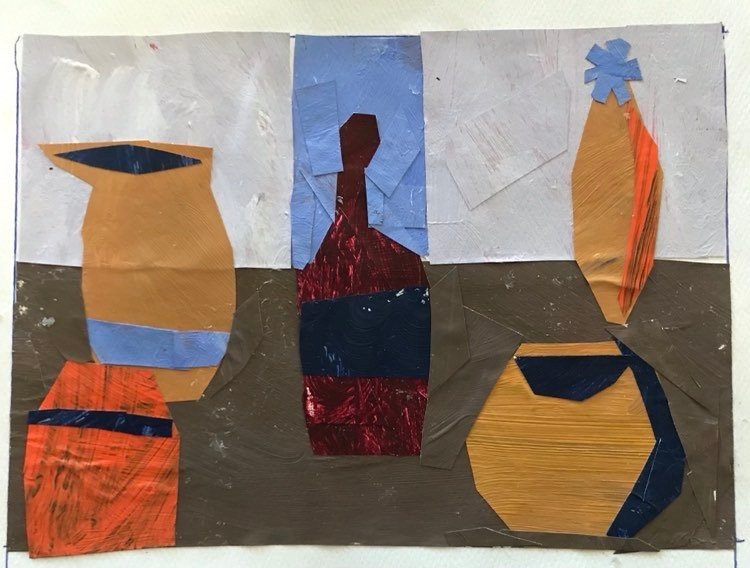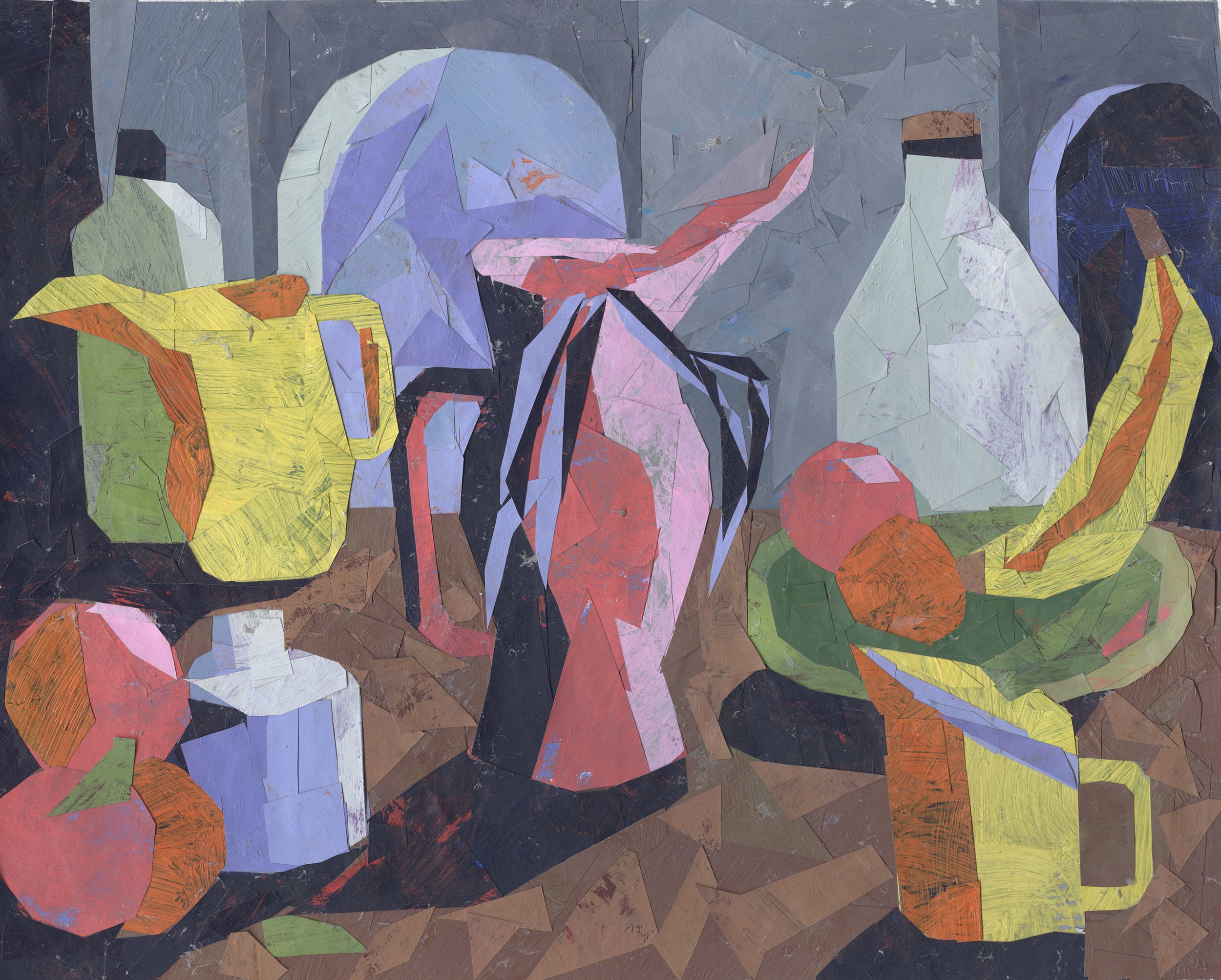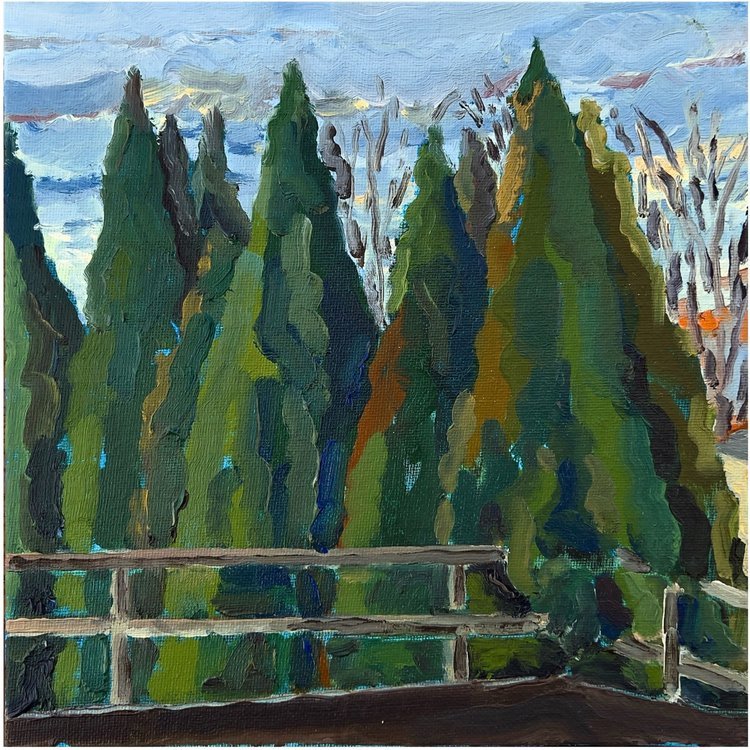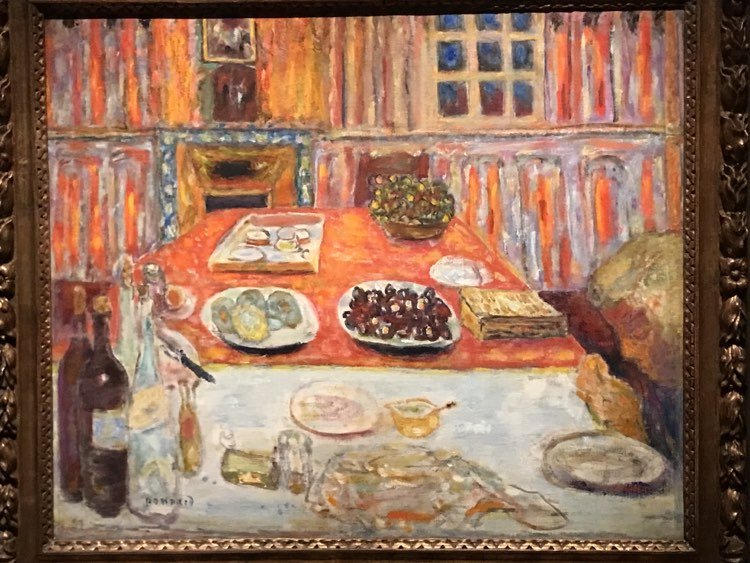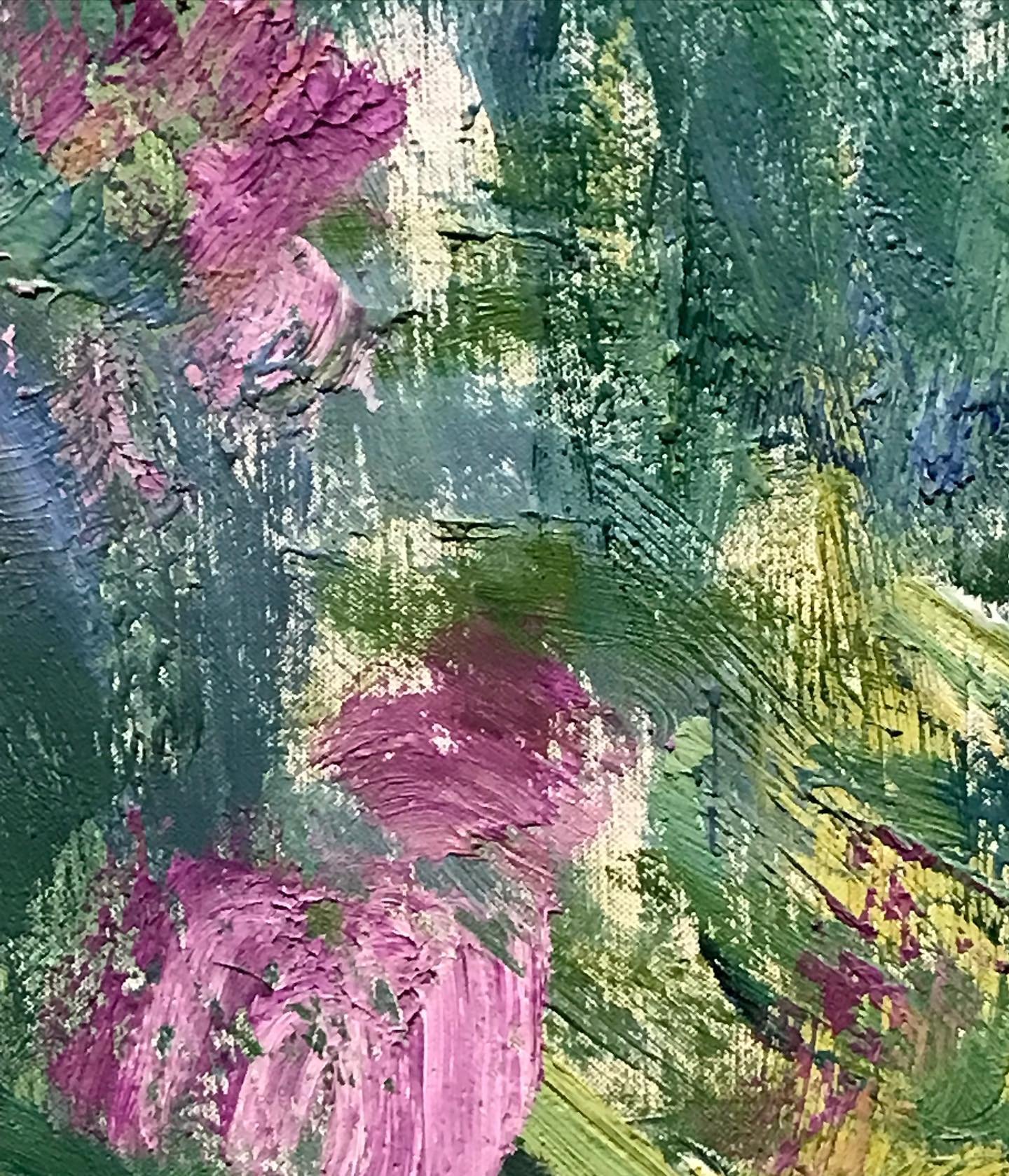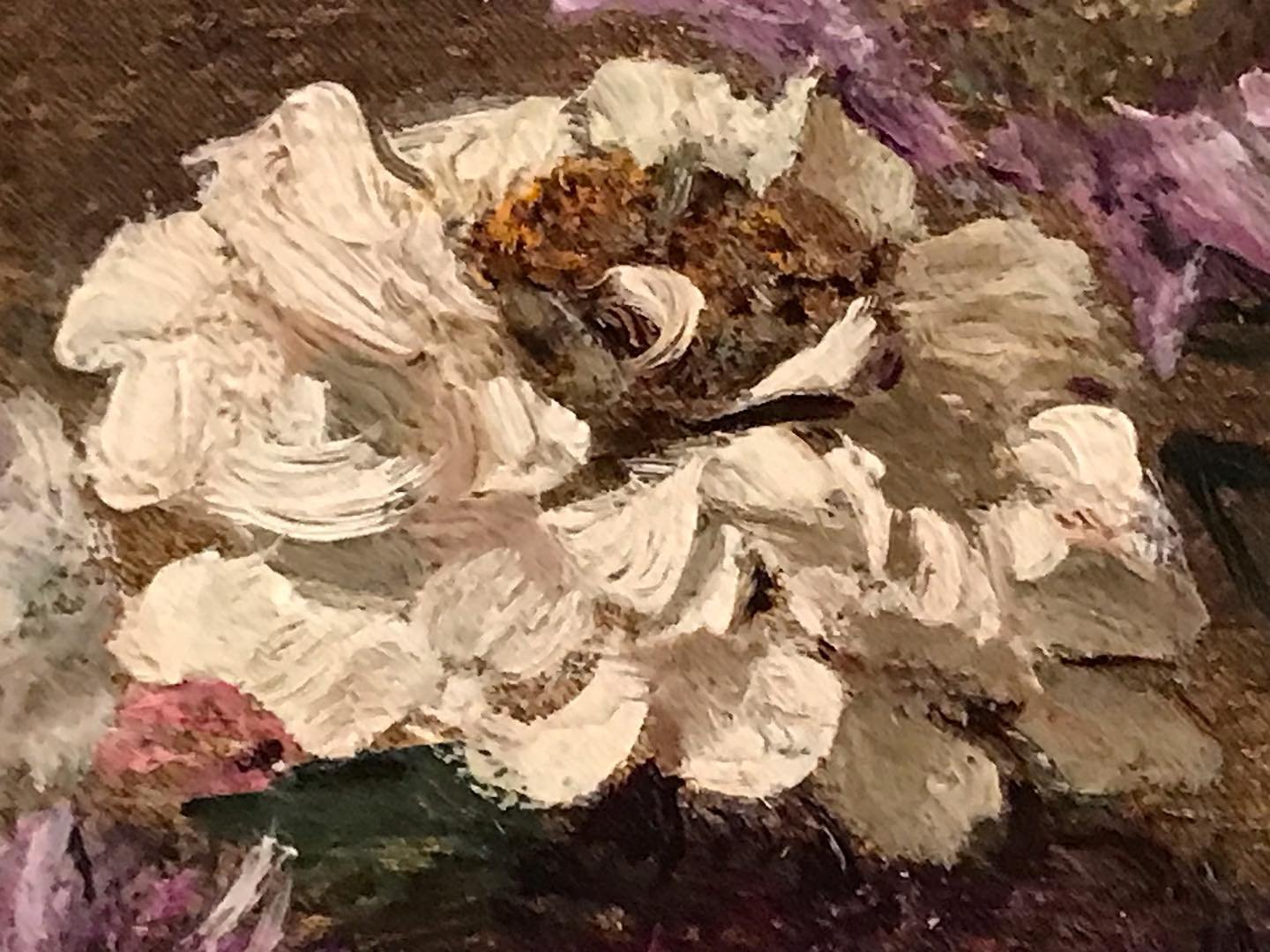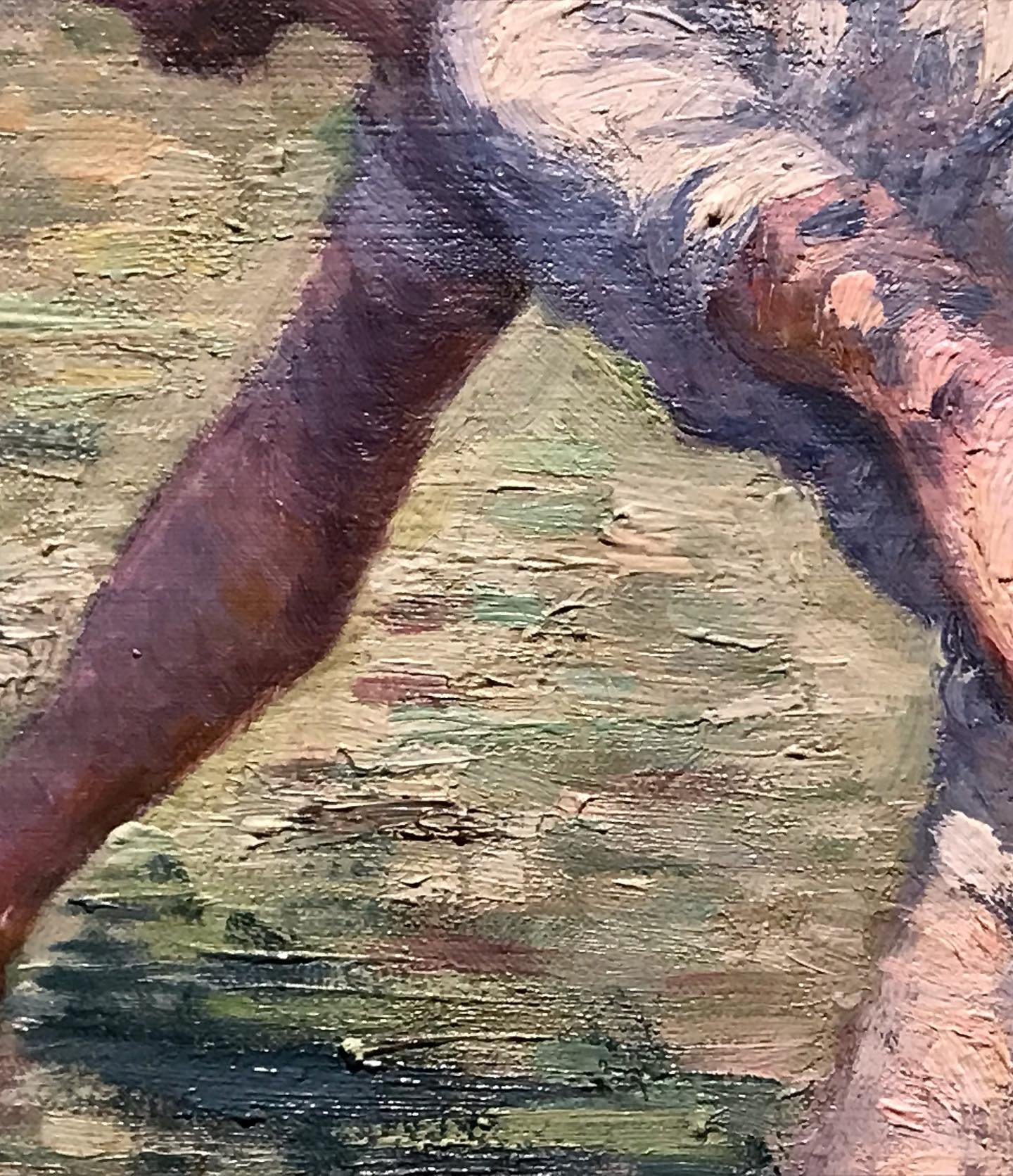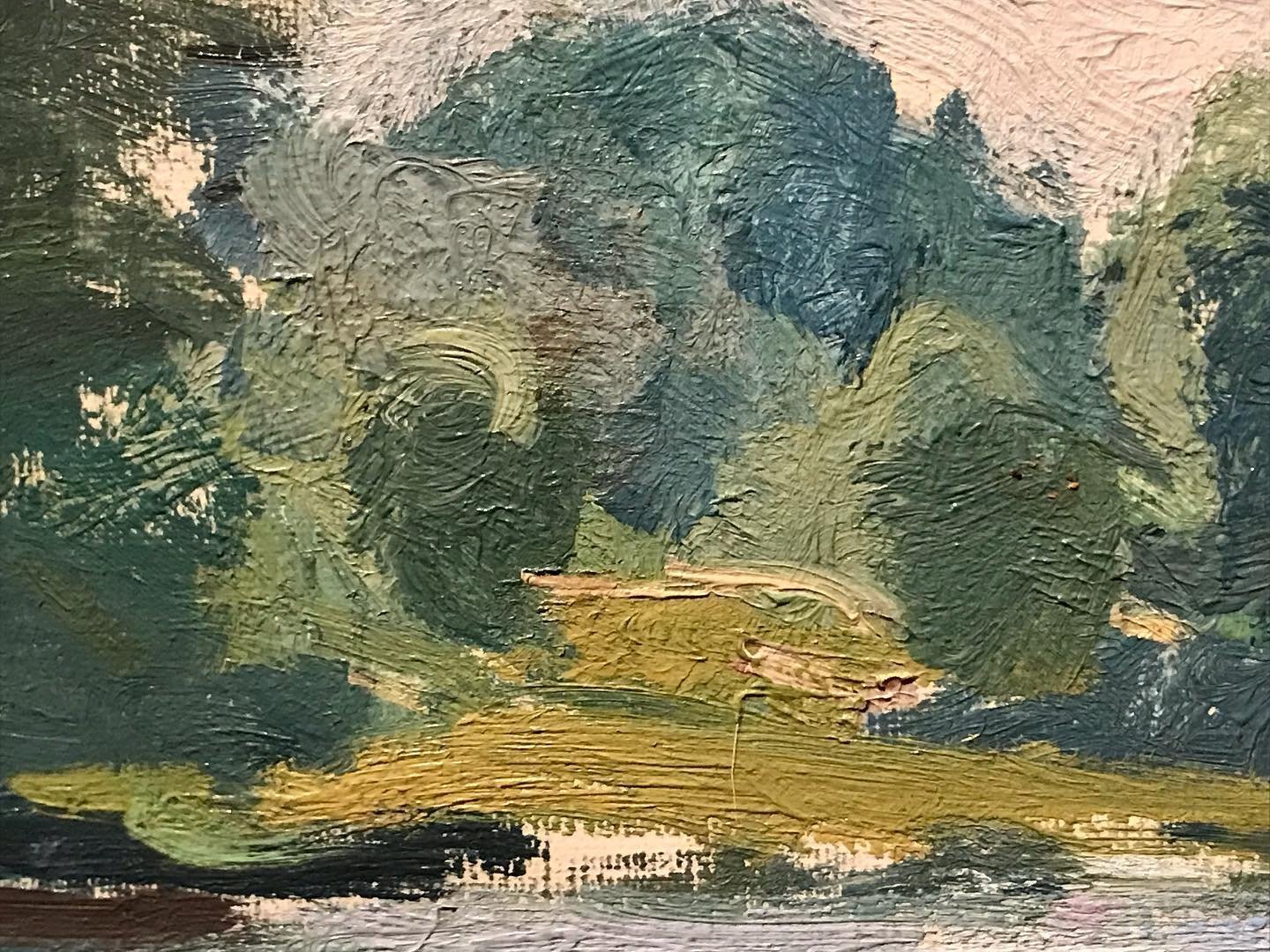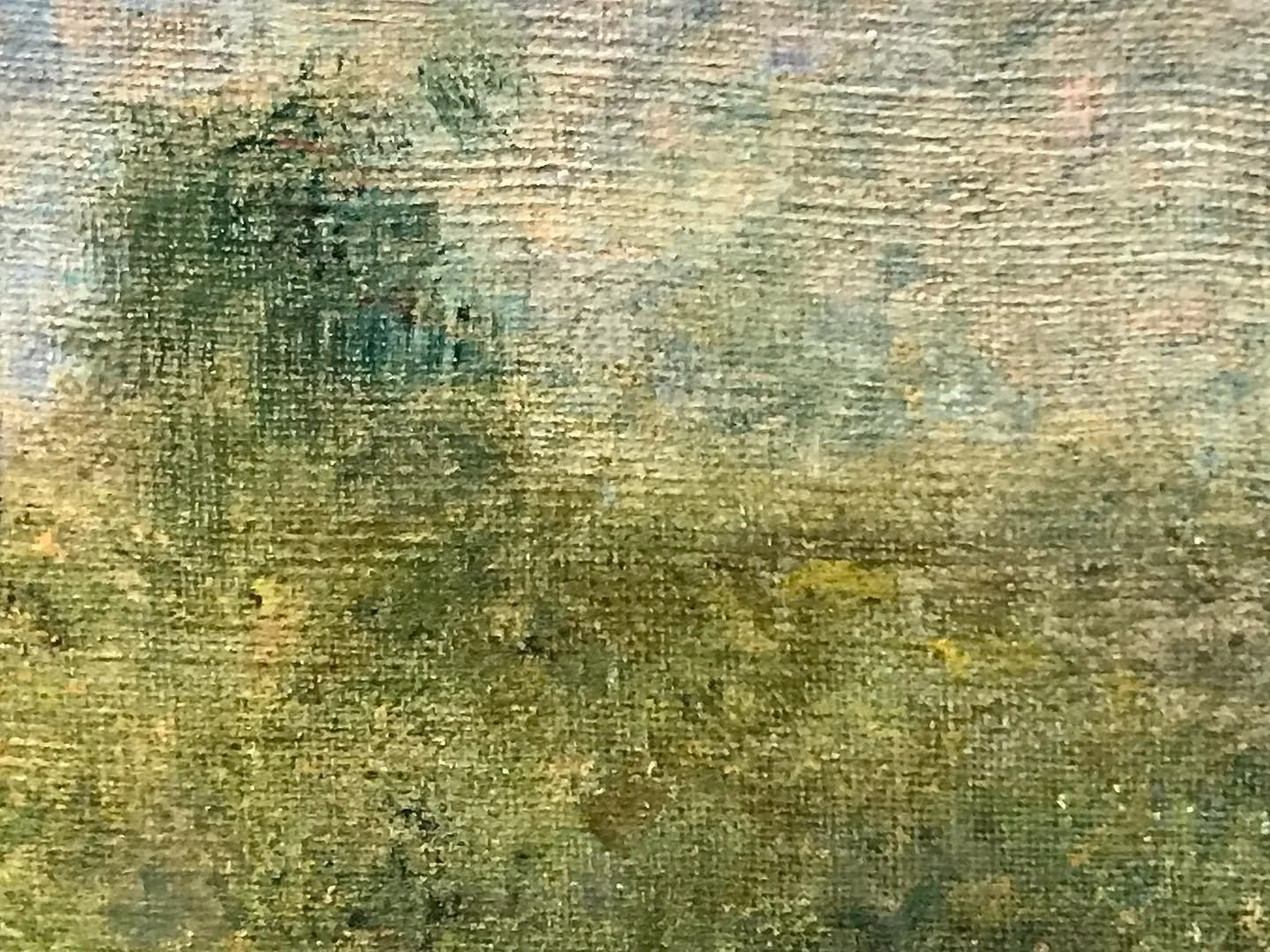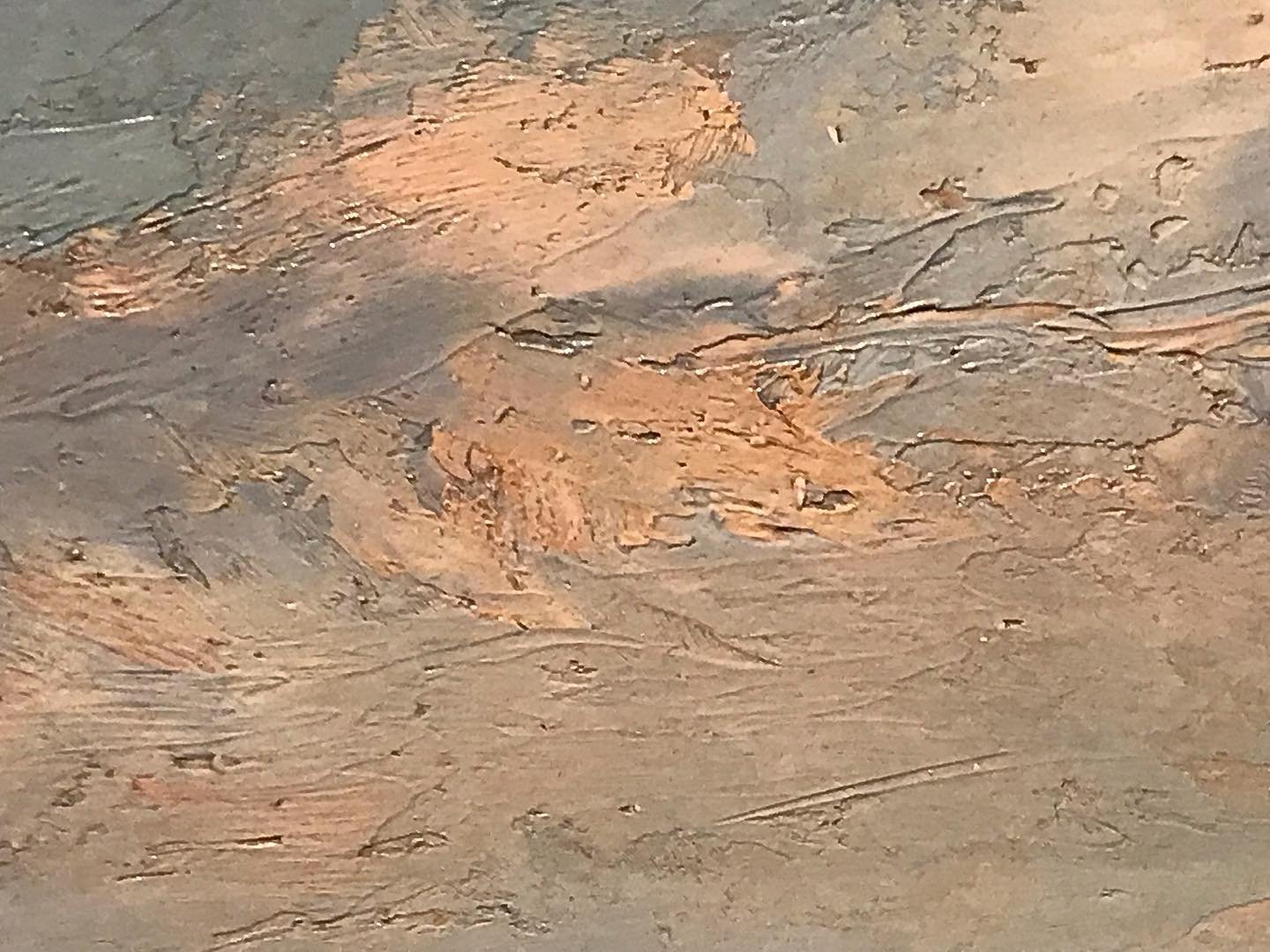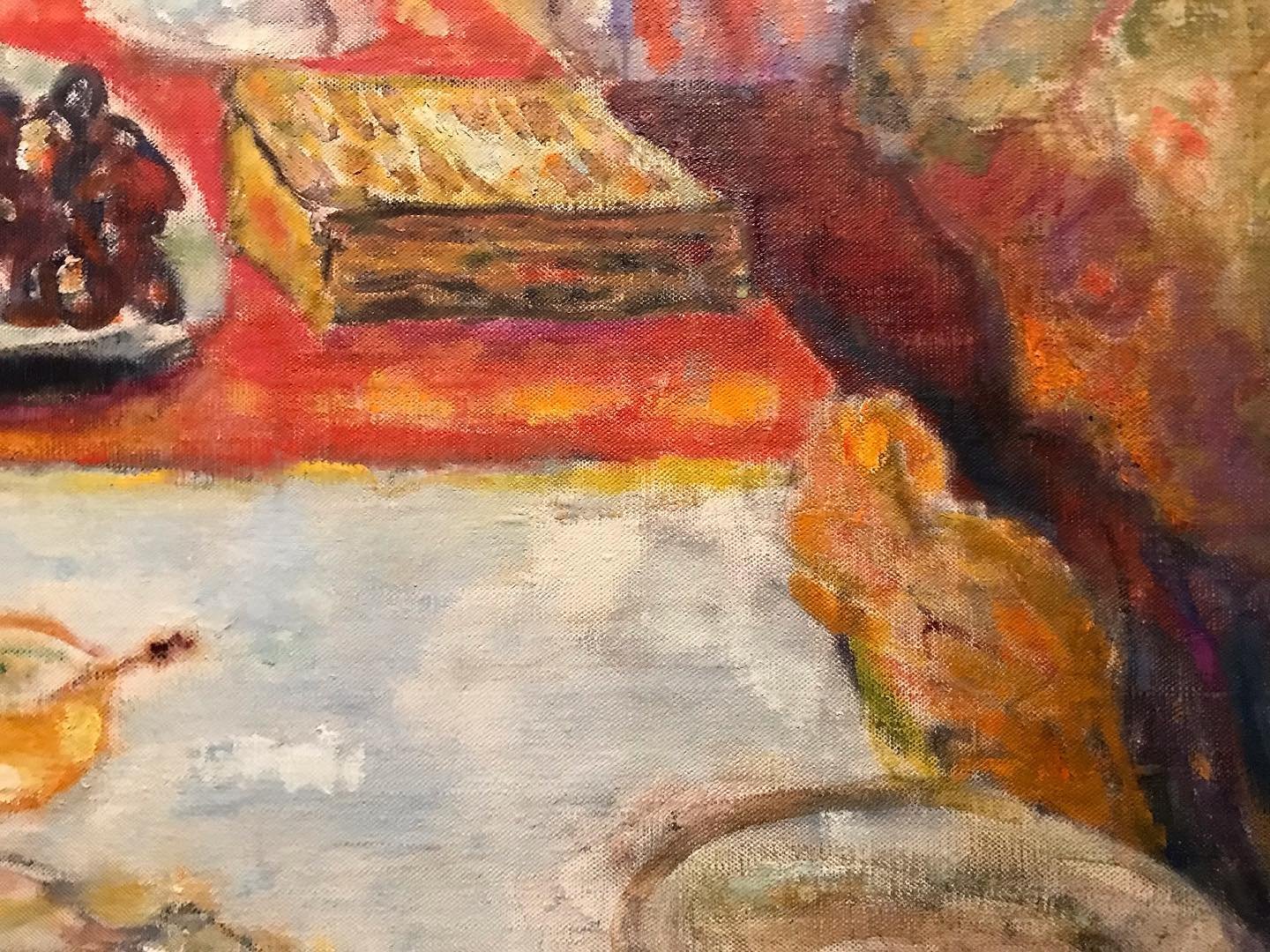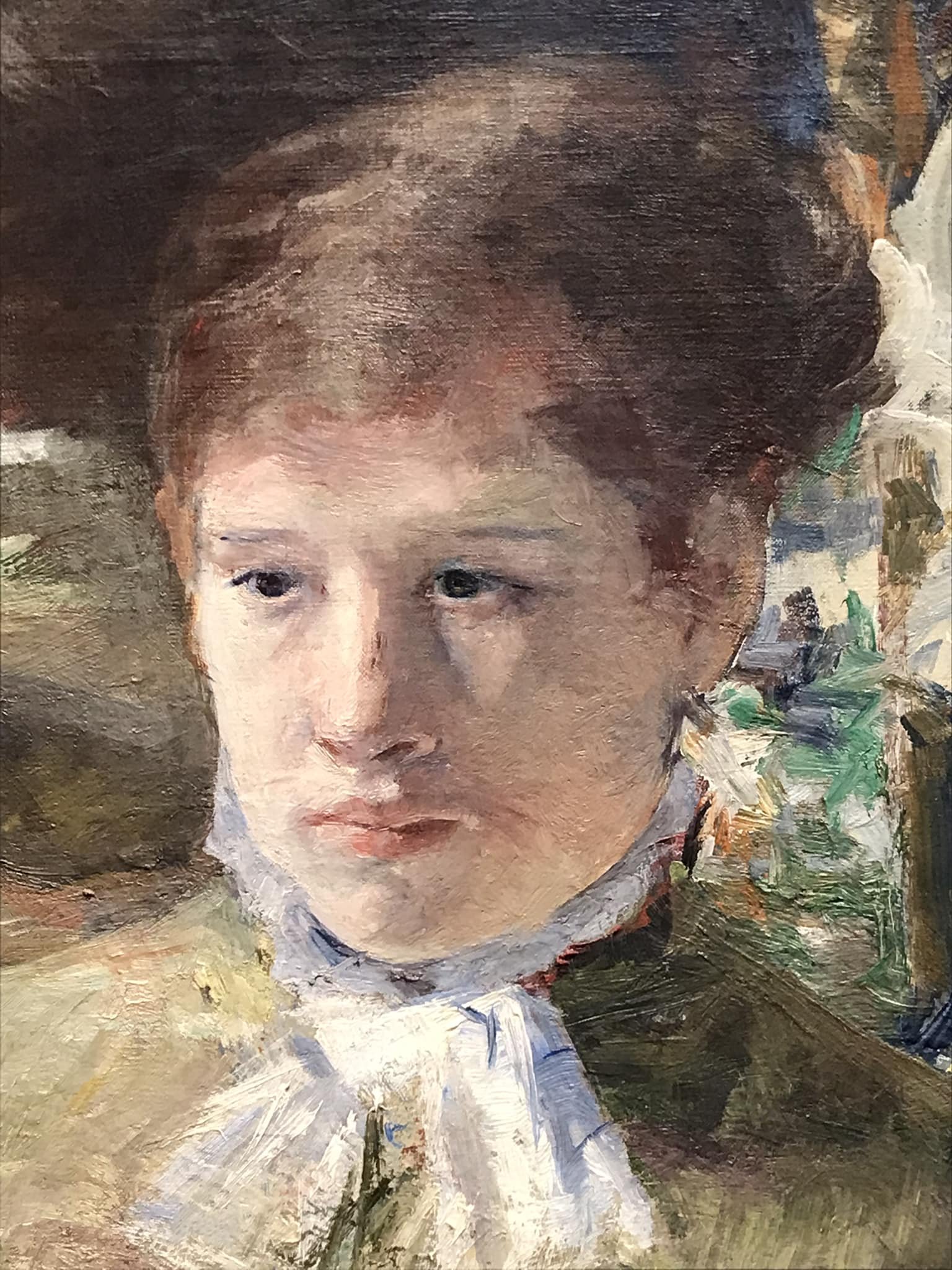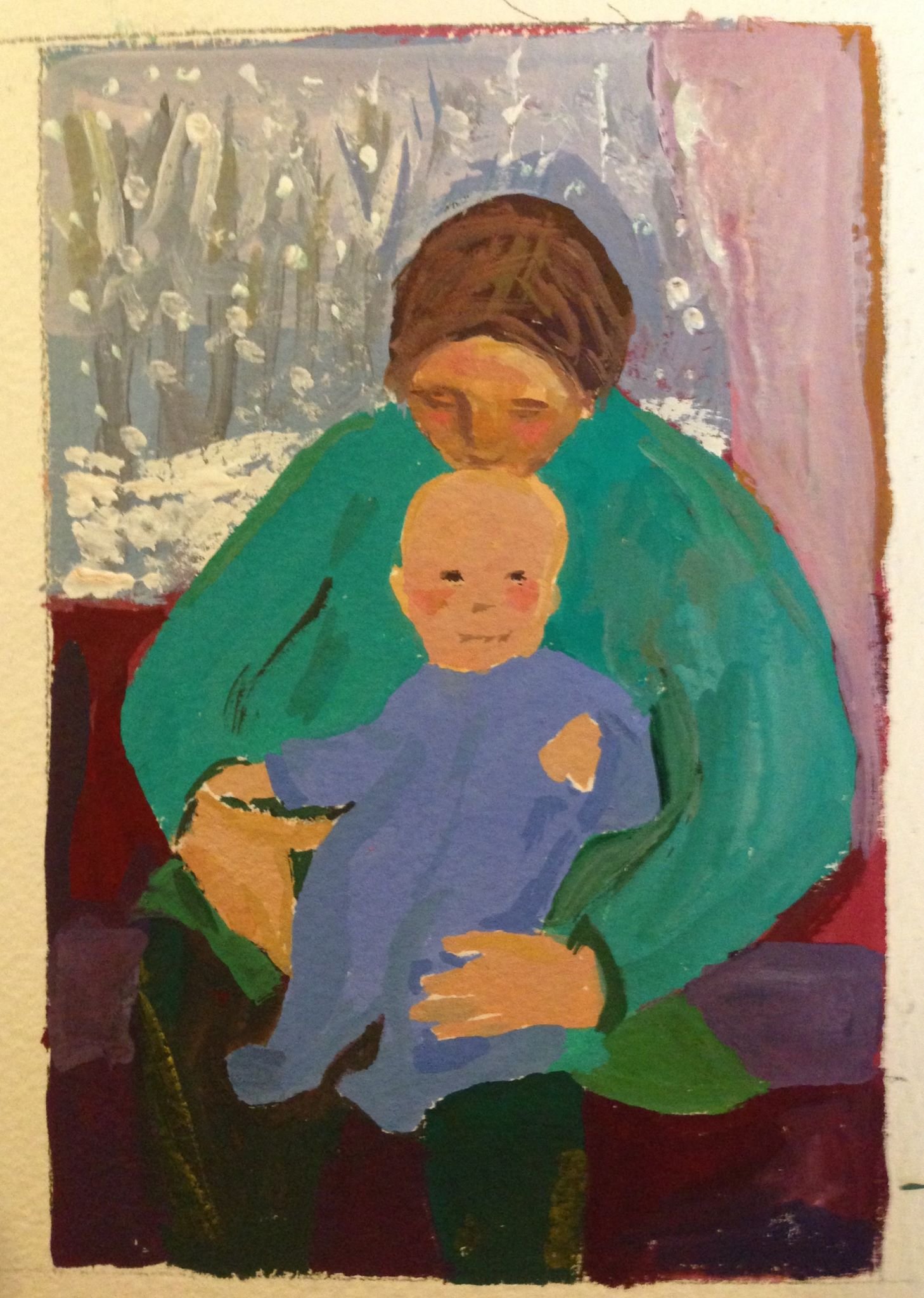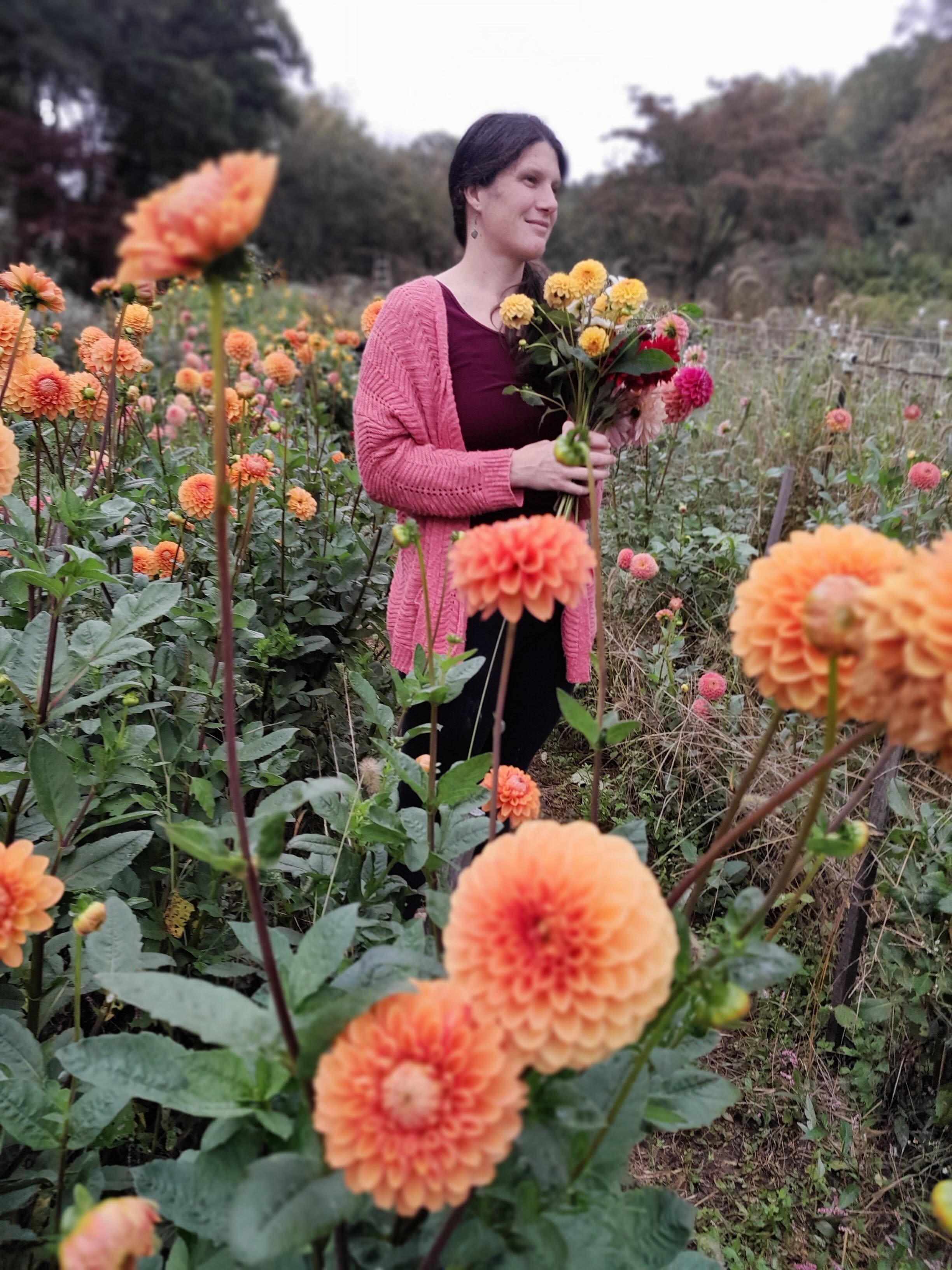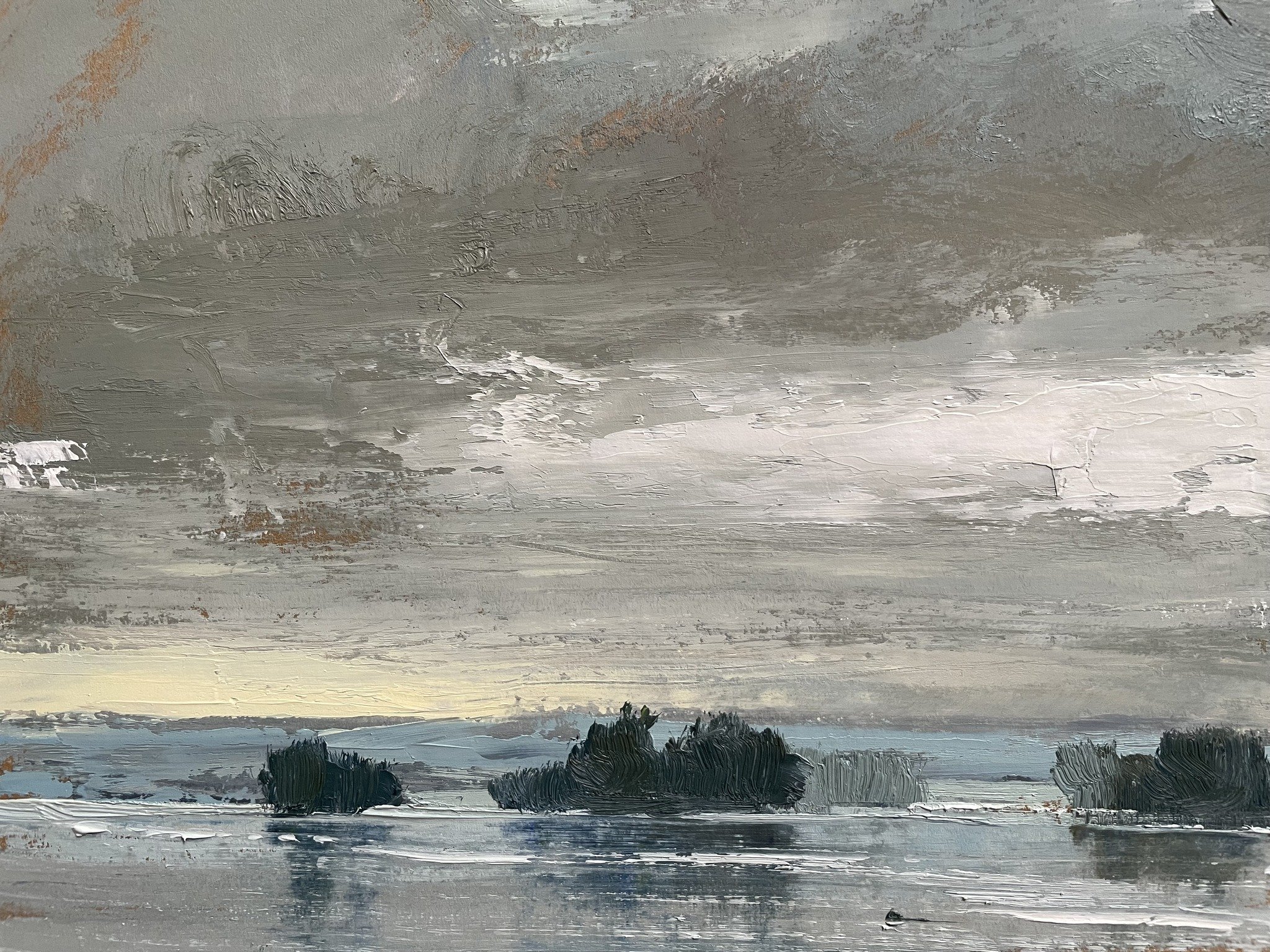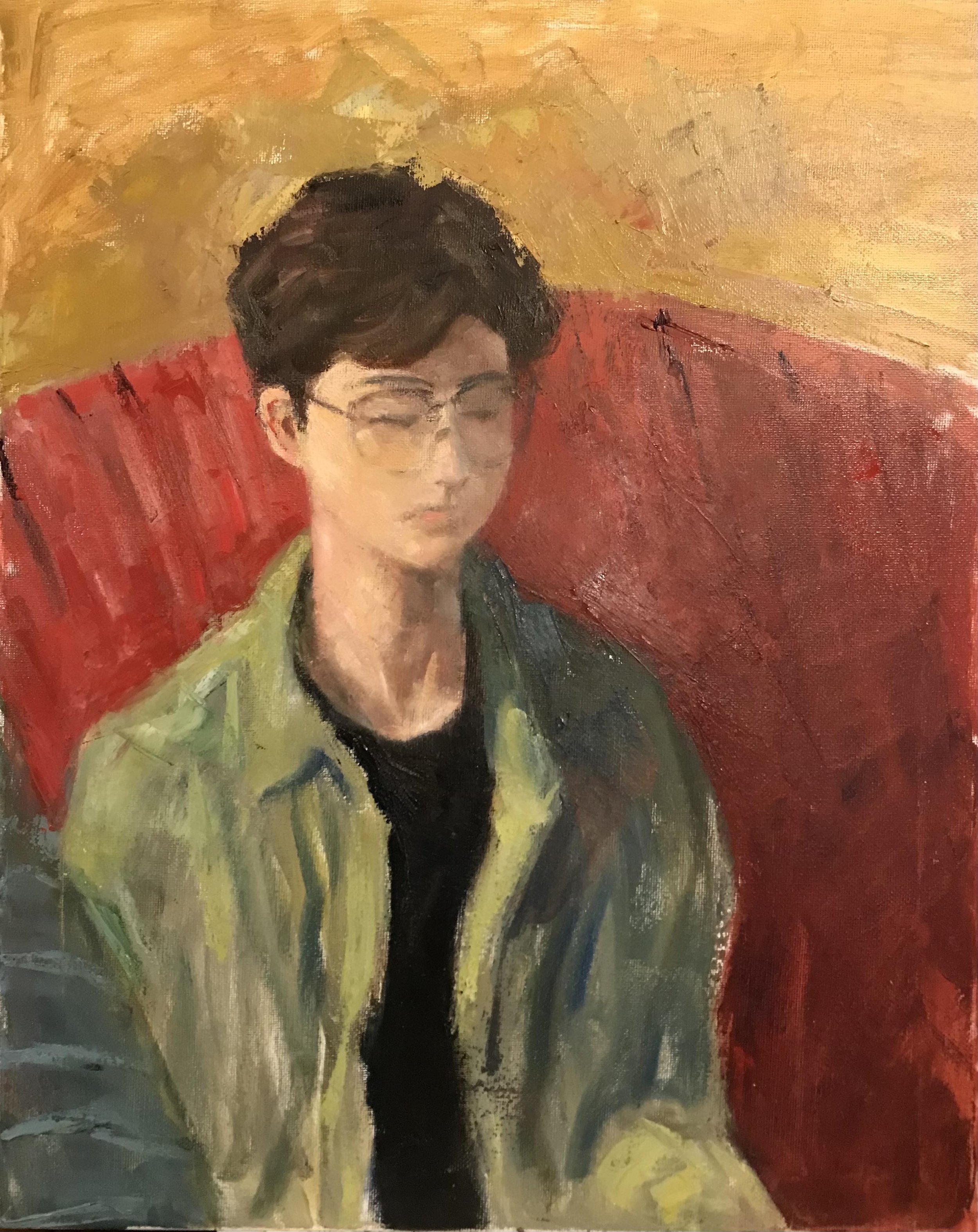“Painting should be a great joy. It should be joyful…
When people look at my painting, I want them to see that it’s alive.”
-Will Harmuth
“Another Day”, 24”x24”, acrylic on panel
This blog post about my wonderful colleague Will Harmuth was originally published March 14, 2018. He passed away earlier this month, and so I felt like re-publishing it again in his memory. Will was very kind and encouraging to me when I was starting out, and through the years I considered him to be a friend and mentor. I feel very lucky to have known him. Rest in peace, Will Harmuth, 1957-2025
“I like to imagine that he just plows through a thick rainforest-of-canvases, wielding his paintbrush like a machete, gracefully knocking them out with ease…”
I wrote those words about the artist Will Harmuth two years ago, commenting on an art blog (linesandcolors.com), and it’s still true today. It’s clear Harmuth deeply enjoys his work, much of which celebrates the scenery around him, for example, the bucolic landscapes of rural New Jersey, where he lives, and the urban architecture of Easton, PA. He manages to paint these subjects without sentimentality or triteness. Rather, they proclaim an exuberant strength, an authenticity true to his inner vision.
Harmuth has both facility and confidence in his ability, and for good reason: he has devoted the last 45 years of his life to painting. He began his career with a strong foundation in art education, learning the craft from skilled teachers and mentors at the Art Students League and the Graduate Newark School of Fine and Industrial Arts. After putting time into learning and mastering the rules of painting, he feels quite joyful about breaking them!
“Purple Passion”, 24”x24”, acrylic on panel
Harmuth sees himself as part of a lineage going back to the Ashcan School of American Realism. Robert Henri (1865-1929) was a leading teacher and painter in this movement. He wrote the wonderful book, The Art Spirit, which Harmuth highly recommends. This book is immensely helpful to artists; it gives a mixture of practical “how-to” advice, as well as a glimpse into the deeper philosophical meaning behind the artist’s vocation. Henri writes:
“The most vital things in the look of a landscape endure only for a moment. Work should be done from memory; memory of that vital moment.”
Capturing the moment is what it’s all about, according to Harmuth. It’s something only the artist can do. “Whatever resonates with you, the artist: that’s your moment,” Harmuth tells me, on a recent visit to my studio. “Only you can express that moment. When people buy a painting, they are buying a moment.”
“A View of Easton”, 24”x24”, acrylic on gallery wrap canvas
In addition to Henri, Harmuth finds inspiration in the work of Edward Willis Redfield and Walter Baum, both local artists who painted in the first half of the 20th century, and the contemporary painter and sculptor, Marta Whistler, who was an Easton resident for many years.
Harmuth is married to the artist Lisa Bonforte. They met in art school, and the couple has been together 42 years. They assist each other with both the creative and business sides of their art careers. When Will is blocked, he explains humorously, Lisa helpfully tells him to “get over it.” She provides some common-sense motivation, keeping him grounded. Sometimes the two artists work together on a painting, as they did recently with “Rusty”, a painting of a heroic rescue dog.
Although husband and wife do collaborate at times, the two artists are committed to giving each other space. They both work out of their home, but have separate studios and work schedules. A typical day for Will Harmuth goes like this: wake up early and paint, breakfast, computer/commercial art work, nap, dinner, and more painting. He advocates a regular studio practice: “If you paint every day, you will get better.”
good morning sunday 24x24
Will Harmuth manages Williams and Philips Graphic Design. This sort of commercial art work is how Harmuth has supported his wife and their daughter (now grown) for decades. Of course, a career as an artist has its financial ups and down. After 9/11, the commercial work dried up. Harmuth had the idea to do a whole bunch of small paintings (5”x7” and 6”x8”) to sell relatively cheaply. The idea was a hit, and for a time the family paid their bills, living off of those small paintings.
Harmuth currently finds himself in a stage of his career where he can devote more energy to the fine art side of things, which is his passion. He reveals his enthusiasm for painting with every bold, vigorous mark and in his prolific output of strong, vibrant compositions. He advises artists who are starting out:
“Don’t paint the life out of it. Paint the life in it.”
Here is a portrait of me! Will painted this after our interview together. It was such a delightful surprise to see myself through his eyes, sitting in my studio with my paintings hanging on the wall behind me!
Will Harmuth is an active member of the Easton art community. He is currently represented by Connexions Gallery in Easton, PA, Clinton Falls Gallery in Clinton, NJ, and Weiler House Fine Art Gallery in Fort Worth, Texas.





